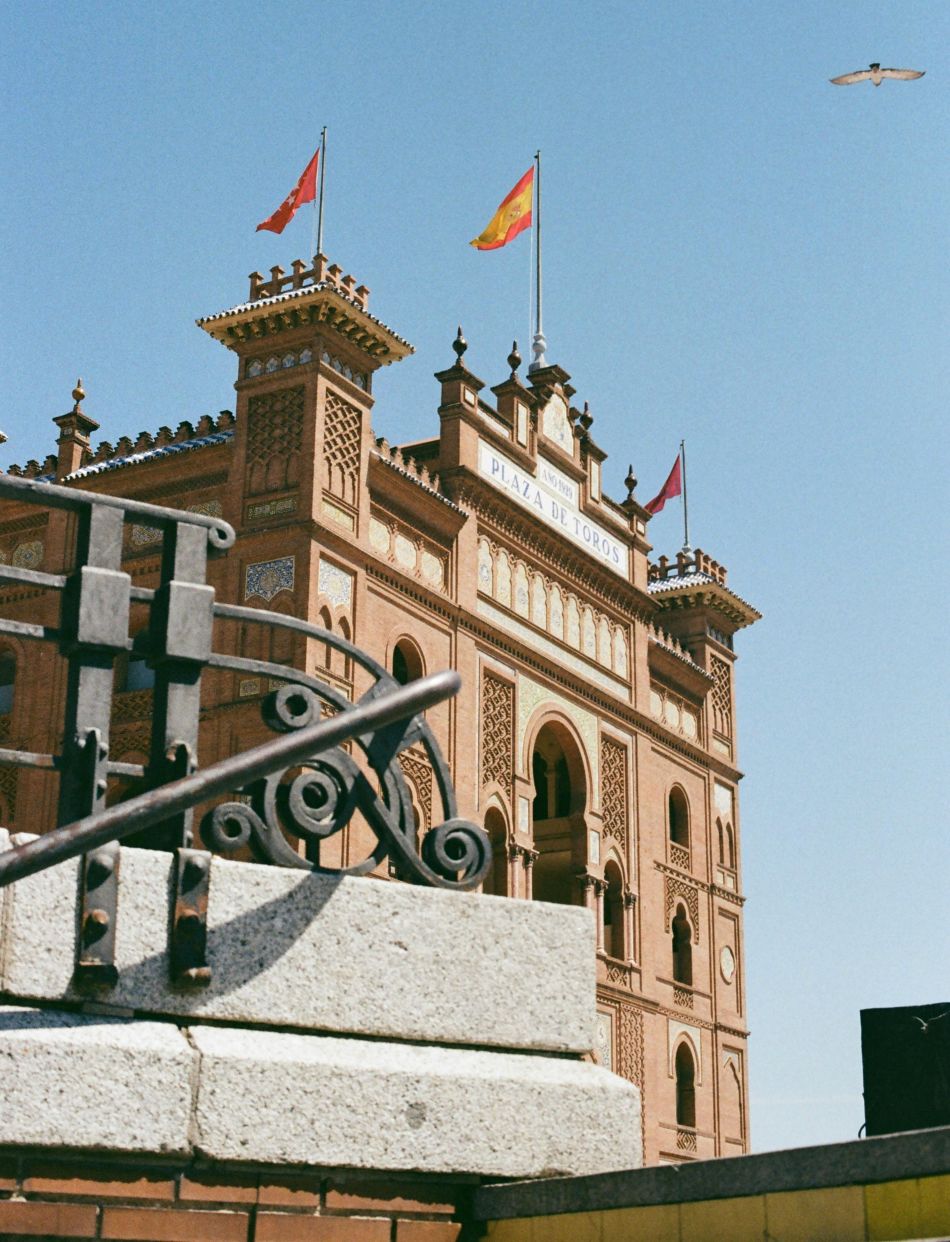Introduction
Madrid, the vibrant capital of Spain, is a city that effortlessly blends historic grandeur with a modern, cosmopolitan vibe. Known for its stunning architecture, world-renowned museums, lively plazas, and rich culinary traditions, Madrid promises an unforgettable experience for every traveler. If you’re planning a trip, this comprehensive guide covers everything from visas to shopping, ensuring you’re fully prepared for your Spanish adventure.
1. Visa and Entry Requirements
Travelers from the EU, USA, Canada, Australia, and many other countries can enter Spain visa-free for up to 90 days within a 180-day period. However, starting mid-2025, travelers from visa-exempt countries may need to apply for ETIAS authorization (European Travel Information and Authorization System) before arrival. Ensure your passport is valid for at least three months beyond your intended stay. Always check with your local Spanish consulate for the latest regulations.
2. Local Currency Information
Spain uses the Euro (€). Credit and debit cards are widely accepted in Madrid, but it’s advisable to carry some cash for smaller establishments or markets. ATMs are readily available throughout the city.
3. Accommodation in Madrid
Madrid offers a wide range of accommodation options:
-
Luxury: The Ritz Madrid, Hotel Wellington.
-
Mid-Range: Only YOU Hotel Atocha, Hotel Regina.
-
Budget: Generator Madrid Hostel, Motion Hostel. Neighborhoods like Centro, Salamanca, and Chueca are popular with tourists due to their proximity to key attractions.
4. Transportation
Madrid’s transportation system is efficient and budget-friendly:
-
Metro: Extensive network covering the entire city.
-
Buses: Day and night buses available.
-
Taxis and Rideshare: Taxis are metered; Uber and Cabify operate in Madrid.
-
Walking and Biking: The city center is very walkable; rental bikes are available through BiciMAD.
Tip: Get a Tourist Travel Pass for unlimited travel on public transport for 1–7 days.
5. Safety and Health Tips
Madrid is generally very safe for tourists. However:
-
Beware of pickpockets, especially in crowded areas like Puerta del Sol and Plaza Mayor.
-
Tap water is safe to drink.
-
Purchase travel insurance covering health, accidents, and theft.
-
Emergency Number: 112 for police, ambulance, and fire services.
6. Weather and Climate
Madrid experiences a continental Mediterranean climate:
-
Summer (June–August): Hot and dry, temperatures often reach 35°C (95°F).
-
Winter (December–February): Cold with occasional frosts, temperatures around 6°C (43°F).
-
Spring and Autumn: Mild and pleasant, ideal for sightseeing.
Pack accordingly based on the season of your visit.
7. Local Customs and Etiquette
-
Greetings: A light kiss on both cheeks is a common greeting among friends.
-
Dining: Dinner often starts late, around 9 PM or later.
-
Tipping: Not mandatory but rounding up the bill or leaving a 5–10% tip is appreciated.
-
Dress Code: Spaniards dress stylishly; avoid overly casual attire in restaurants and churches.
8. Must-Visit Places in Madrid
-
The Royal Palace (Palacio Real): Official residence of the Spanish Royal Family.
-
Prado Museum: Home to masterpieces by Velázquez and Goya.
-
Retiro Park: A beautiful green oasis in the heart of the city.
-
Puerta del Sol: The symbolic center of Spain.
-
Gran Vía: Bustling street known for shopping, theaters, and nightlife.
-
Plaza Mayor: Historic square lined with cafes and shops.
-
Santiago Bernabéu Stadium: A must for football fans.
9. Food and Dining
Madrid’s culinary scene is a feast for the senses:
-
Tapas: Small plates like patatas bravas, jamón ibérico, and croquetas.
-
Cocido Madrileño: Hearty chickpea-based stew.
-
Churros con Chocolate: Popular for breakfast or late-night snack. Markets like Mercado de San Miguel offer a great introduction to Spanish flavors.
10. Communication
-
Language: Spanish is the official language. Basic English is spoken in tourist areas, but learning a few Spanish phrases can enhance your experience.
-
Internet: Free Wi-Fi is common in hotels, cafes, and even some public areas.
-
SIM Cards: Affordable tourist SIMs are available at the airport and local stores like Orange, Vodafone, and Movistar.
11. Time Zone
Madrid operates on Central European Time (CET) and Central European Summer Time (CEST) during daylight saving (late March to late October), which is UTC+1 or UTC+2 respectively.
12. Shopping and Souvenirs
Madrid is a shopping paradise:
-
Gran Vía: For high-street fashion brands.
-
El Rastro: Famous flea market held on Sundays.
-
Salamanca District: For luxury brands and designer boutiques. Popular souvenirs include Spanish fans (abanicos), leather goods, wine, olive oil, and artisanal ceramics.
13. Local Laws and Regulations
-
Carry a copy of your passport or ID at all times.
-
Drinking alcohol in the streets is prohibited.
-
Smoking is banned in enclosed public spaces and transportation.
-
Drug possession is illegal and punishable by law.
14. Emergency Contacts
In case of emergencies, dial 112. English-speaking operators are available.
Conclusion:
Madrid is a city full of passion, culture, and energy. Whether you’re admiring centuries-old art, savoring delicious tapas, or simply soaking in the local atmosphere at a sunny plaza, you’re bound to fall in love with Spain’s charismatic capital. With this guide in hand, you’re all set for an amazing adventure in Madrid!

